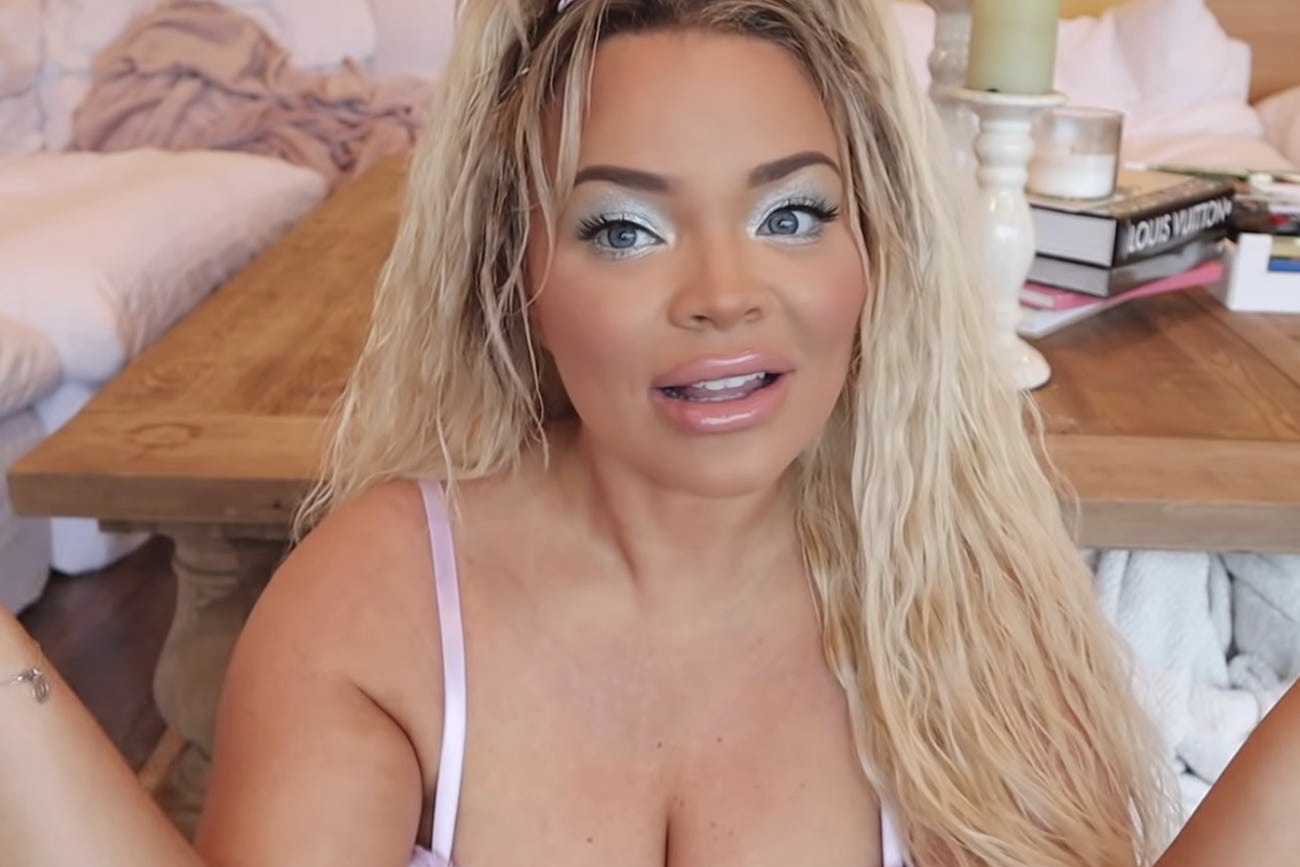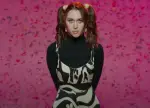Trisha Paytas is known for being a troll on the internet. She was given the title due to her history of saying controversial things and confronting other influencers. Paytas has recently claimed in her videos that she is suffering with dissociative identity disorder (DID). This claim quickly led to public outrage as viewers thought the video was rather offensive to people who have the mental illness. Fellow YouTuber Angelika Oles commented in her video that this was just another trick by Paytas to increase her viewership.
Whether it’s to attract more viewers or to increase monetary gain, psychological health has been a tool for both. The capitalizing of mental disorders has always been a heated subject on the internet. Just a few years ago, talking about mental health disorders in the public sphere was a major taboo, much like talking about sex.
As the number of lifestyle vloggers keeps growing, sharing more intimate information about depression and eating disorders has become more acceptable. Having a mental disorder is so common now that it has even become a new trend.
It is seemingly “edgy” to suffer from depression. Both influencers and the general public have jumped on the bandwagon of having some sort of psychological distress simply to be relatable. Many people even profit off of it by selling clothes or other merch that monetize and romanticize illnesses like anxiety disorders.
On March 13, Trisha Paytas uploaded a video on her YouTube channel titled “MEET MY ALTERS.” In the 20-minute-long video, she said that despite never having been diagnosed by professionals, she was able to diagnose herself with dissociative identity disorder, formerly known as multiple personality disorder.
https://www.youtube.com/watch?v=TcOdCuluFyo
The clip has over a million views and more than 100,000 dislikes. The last time she earned this many views was three months ago, when she addressed the drama involving Stephanie Soo and Nikocado Avocado.
If Paytas made the video for clout, as Oles stated, she certainly got attention. After all, there’s no such thing as bad publicity.
Paytas detailed that she was inspired to tell her story after watching content creator Anthony Padilla’s “I spent a day with MULTIPLE PERSONALITIES (Dissociative Identity Disorder).” She then addressed DissociaDID, who was featured in Padilla’s channel and labeled “crazy.” This statement not only offended Chloe Wilkinson, the person behind DissociaDID, but many others in the DID community.
Wilkinson responded to Paytas in a 40-minute reaction video in which they were visibly distressed. They made the video with the intention to straighten out the statements Paytas made regarding dissociative identity disorder. Wilkinson, along with other DID activists, accused Paytas of spreading misinformation about the illness and worsening the stigma around people with DID.
Most people who watched Paytas’ video took their rage to Twitter and expressed their disappointment in regard to her behavior and claims.
https://twitter.com/keganelizabeth/status/1238382900564893699?s=20
The overwhelming number of Twitter rants all seem to focus on two major issues with Paytas’ video. The first is the legitimacy of her self-diagnosis. People are accusing Paytas of pretending to have DID. The second is her problematic portrayal of someone with DID; people believe she will mislead her audience into thinking that DID patients are unstable.
https://twitter.com/robynofsorrows/status/1238595709236137986?s=20
These issues have raised some questions for all of us. Can, or should, we trust the things we see online? Why is it difficult for us to believe Paytas’ condition but not doubt Wilkinson’s? Recently, Selena Gomez revealed that she has bipolar disorder, and everyone empathized with her. Why is it hard to empathize with Trisha Paytas?
If Paytas actually faked having a mental health issue solely for clout, what makes her situation unethical compared to Wilkinson, who is also trying to gain attention related to DID?
A lot of her viewers were upset because they think Paytas staged the whole thing, including the video where she visibly switched between alters. However, she claimed that she did not fake anything or do this to be a troll. Instead she was trying to show her struggles while also encouraging others to open up about theirs.
It appears that Paytas’ self-proclaimed motive, which was to raise awareness regarding psychological health, is similar to Chloe Wilkinson’s and Anthony Padilla’s, both of whom people choose to root for. Yet, the reception for these influencers was completely different.
What differences do they have? If Paytas’ audience was mad because she’s allegedly using DID to gain more viewers and money, why did they defend Wilkinson? Wilkinson’s channel DissociaDID has its own Patreon, where they will do specific things, such as accept video topic submissions or release extra videos, in exchange for monetary gain. Is this not capitalizing on mental health?
Perhaps the difference is that both Wilkinson and Padilla argue that they’re making videos for the sake of the community and to better the lives of people with similar problems. But how do we know that Paytas wasn’t trying to do the same?
Evidently, another difference is that Wilkinson is more educated than Paytas on the matter, since they have gone through years of formal therapy to cope with DID. The reaction is understandable, considering the damaging misinformation that Paytas unknowingly spread and how it may worsen the quality of DID patients’ lives. Still, the hate that she received for being clueless about her own condition seems a bit too much.
In truth, it is not really our place to accuse Paytas of faking her disorder, because she knows her condition best. That said, it is definitely irresponsible of her to create videos that contain incorrect information, which could possibly harm other people’s lives.
Another YouTuber with DID, The Entropy System, called out Paytas on Twitter, telling her to learn more about the disorder and the community before she uploads any other DID content.
However, the ethics behind incorporating psychological disorders to increase viewership, fame, monetary gain or awareness remain ambiguous. We cannot accuse Paytas of being a bad person when there are many others who do the same thing, only with a different cover.
Social media has allowed people to make a living by exploiting their lives. On the one hand, we get to have educational content such as DissociaDID, which teaches us about dissociative identity disorder. On the other hand, we also have to witness people like Trisha Paytas, who shared their narratives allegedly to only create buzz.
The ethical dilemma of baiting viewers with stories surrounding mental illnesses continues. What we can do is be conscientious viewers and content creators to stop the collateral damage.

















